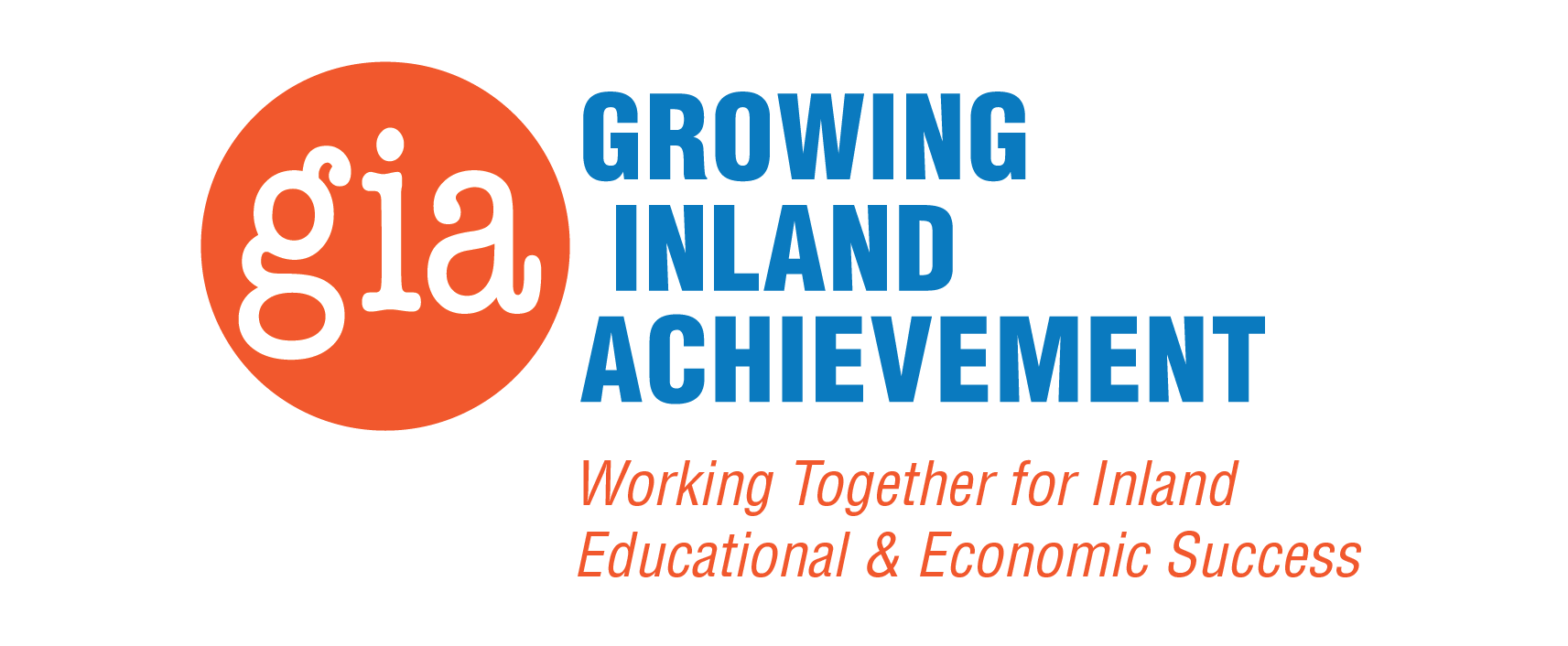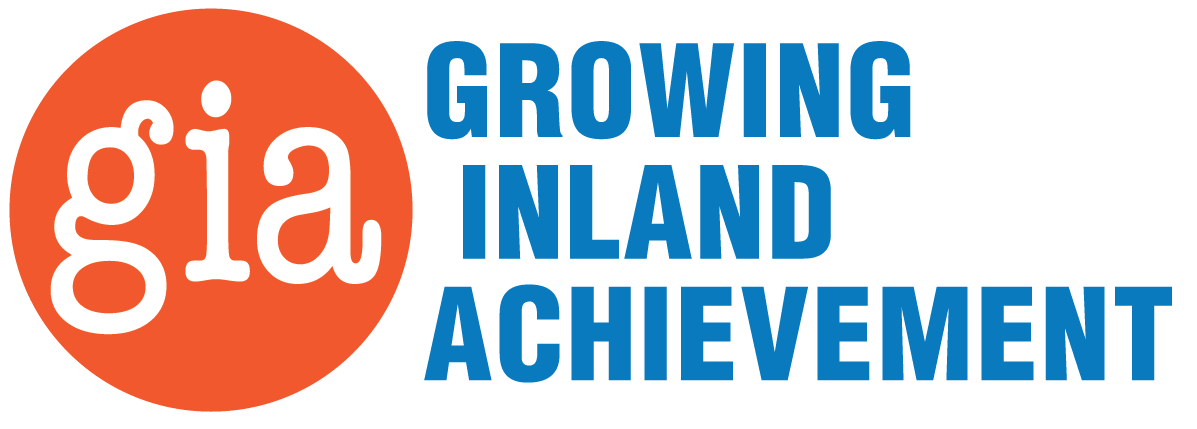Education's Power to Transform: How Postsecondary Success Fuels the Inland Empire's Growth
New fact sheet reveals the far-reaching economic and social benefits of higher education in California's Inland Empire, from job creation to community well-being
In California’s Inland Empire, education is more than just a pathway to personal success—it’s a driving force behind regional economic growth and social well-being. Our latest fact sheet, “The Effects of Postsecondary Education in California’s Inland Empire,” uncovers the significant impact that postsecondary education has on our communities, our economy, and the lives of individuals throughout the region.
The Economic Ripple Effect of Education
For each additional postsecondary graduate in the Inland Empire, the region’s annual Gross Regional Product (GRP) increases by nearly $100,000. This is not just a number; it’s a testament to the transformative power of education. Every graduate not only gains personal economic benefits, such as increased earnings and better job opportunities, but also contributes to the broader economy by expanding the tax base, generating support jobs, investing in capital assets, and boosting local spending.
Graduates are more likely to purchase homes, with the average postsecondary graduate in the Inland Empire being able to afford roughly $213,752 more in home value than someone without a degree. This translates to stronger, more stable communities with greater investment in the local economy. The fact sheet highlights that for every postsecondary graduate, there are an additional 4.8 support jobs created throughout the California economy.
Regions with higher concentrations of college graduates also tend to have more robust local economies and higher levels of entrepreneurship and innovation. This economic growth, in turn, leads to greater educational opportunities, further enhancing community prosperity.
Social and Community Benefits
Beyond the numbers, the social impact of education is profound. Postsecondary graduates are more likely to be employed—even during economic downturns—and enjoy better physical and mental health outcomes, with less reliance on social safety nets. They are also more civically engaged, participating in voting, volunteering, and philanthropy at higher rates than non-graduates. These graduates not only improve their own lives but also enhance the social fabric of entire communities.
Reducing Economic Inequality
Education is a powerful tool for reducing economic inequality in the Inland Empire. The greater earning power and job security results in increased financial stability and the ability to invest in future generations, thereby helping to reduce the cycle of poverty and promote economic mobility. Furthermore, investing in college access and completion for under-represented groups can significantly reduce racial/ethnic disparities in income, health, and other social outcomes.
A Call to Action
The data clearly shows that investing in education is not just a personal choice; it’s a community imperative. As we strive to meet the ambitious goal set by Governor Newsom—70% of Californians earning a postsecondary degree by 2030—we must work collectively to support our students and ensure that a college education remains accessible to all.
Our region has the potential to become a beacon of educational success, but it will require sustained effort from all sectors—educational institutions, government, businesses, and community organizations—to advocate for policies and initiatives that remove barriers to higher education. By working together, we can ensure that the Inland Empire’s future is one of growth, equity, and prosperity.
Download the Factsheet
To explore the full findings and data behind “The Effects of Postsecondary Education in California’s Inland Empire,” download the fact sheet by entering your contact information. This comprehensive resource provides detailed insights into how education drives economic and social progress in our region.


